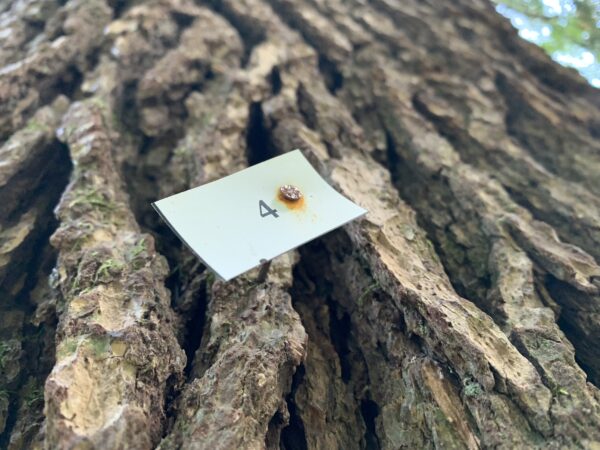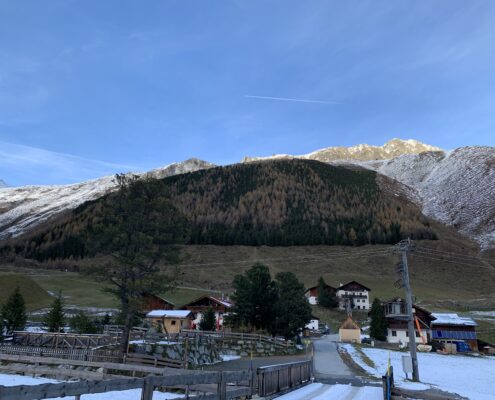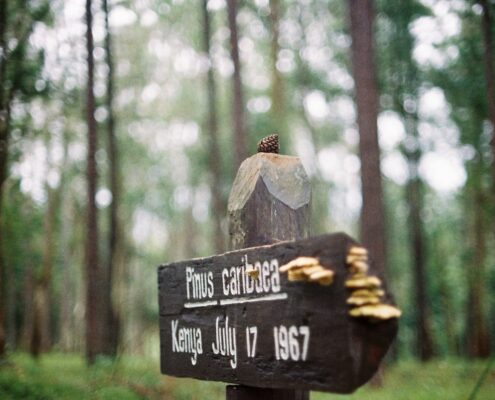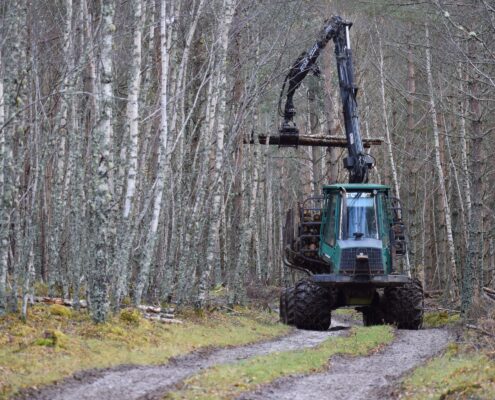 https://greenmarked.it/wp-content/uploads/2024/01/IMG_5727-scaled.jpg
1920
2560
Matteo Gecchelin
https://greenmarked.it/wp-content/uploads/2022/01/LOGO-GREENMARKED-SITO-600x600.png
Matteo Gecchelin2024-01-22 22:16:182024-01-22 23:24:18A Battle in the Alps: A Story of Climate and Men
https://greenmarked.it/wp-content/uploads/2024/01/IMG_5727-scaled.jpg
1920
2560
Matteo Gecchelin
https://greenmarked.it/wp-content/uploads/2022/01/LOGO-GREENMARKED-SITO-600x600.png
Matteo Gecchelin2024-01-22 22:16:182024-01-22 23:24:18A Battle in the Alps: A Story of Climate and MenApril 14, 2023

“Rare examples of majesty and longevity”
“tree […] relevant historically, culturally […] or to local traditions”
“of special naturalistic value” [1].
The above are just a couple of the plenty definitions of Monumental Trees taken from the Italian Law no. 10/2013 of 14 January 2013 – Standards for the development of urban green spaces, comprising Art. 7, which precisely lists provisions for the protection and preservation of monumental trees.
As it is often the case with the Italian legislation, also the legal framework of Monumental Trees is complex. And defining, identifying and, consequently, protecting a Monumental Tree is not always a simple affair.
Why, then, is it called a “Monumental Tree”? The most straightforward answer might well be, “because it is big” or “because it is so old”. Yet, it is precisely the word “Monumental” that gives meaning to the whole story. Indeed, a monument as such may well be big and old, but it could also represent a historical symbol of collective memory, or tradition for a community, a country or even an entire nation. And all of this is particularly well defined in Italy’s legislation, which includes Monumental Trees in a law mainly dedicated to green spaces in urban areas.
Many of Italy’s Monumental Trees are very old, but not all of them. And their age alone is not enough to define them as monumental. Other defining parameters are their biological importance – therefore, whether the tree is a rare or threatened species – and their ecological importance, thus the importance of the tree in its surrounding landscape. The same may well be true for non-native species, if they represent a rarity, an example of beauty (or strangeness) in their surrounding context.
As a matter of fact, the profound importance of a Monumental Tree is given by its visibility, or relevance for a urban area or landscape, meaning by the latter “[…] a land extension, as perceived by populations, […] shaped by the action of natural and/or human factors and their interrelations” [2]. It is thus no coincidence that most Monumental Trees are found in historic parks and gardens, villas, city centers, tree-lined avenues, and very few times within forests (who could see them?).

Fig. 1: Age and size are not the only and obligatorily features used to define a monumental tree. “Shape and bearing” (i.e., strangeness or beauty of the tree) also contribute to the definition. A great beech, non-monumental tree in Cison di Valmarino (Treviso, Italy). Photo by Author (April 10, 2022).
But then, is the large cedar tree that stands in the city square a Monumental Tree?
If someone ever asks you the same question, be well assured of the answer, “It depends!”. It depends, because that cedar may be as big, tall and old as you want, but if no one has ever declared it as Monumental, it is not.
Yes, it is always the law that rules over everything. And the definition of “Monumental Tree” is only a legal definition. Something for technicians, city administrations, foresters and regional public agencies.
And yet, everybody can at least inquire if a big tree is a Monumental Tree or not, and if it should be protected by the municipality that houses it. Reporting a potential Monumental Tree to the city offices will often push them to conduct a census and update the Monumental Trees database together with the competent regional authorities.
To date (last update: July 2022), the National Italian Monumental Trees Register counts more than 4000 trees [3]. In the Veneto region, there are 244 Monumental Trees, in the Autonomous Province of Trento, 85 and in the Autonomous Province of Bolzano, 40.
What do monumental tree species tell us about the history of our communities?
From a quick analysis of the tree species included in the register, one can understand the anthropological and cultural importance of specific trees for their territories.
In Veneto, most Monumental Trees are beech trees (Fagus sylvatica), Himalayan cedars (Cedrus deodara) and common plane trees (Platanus acerifolia). All three tree species have been part of Veneto’s economy, culture and urbanization for centuries.
Just think of the economic importance of beech wood for pre-Alpine Mountain communities. In ancient times, they developed complex tree management systems such as the “ceduo a sterzo” system, and today’s forestry activities are still key for the local firewood market. It is no coincidence that we find the finest examples of monumental beech trees on the “Altopiano dei Sette Comuni” hihgland, the province of Vicenza, Verona’s Lessinia, the Grappa area and the Agno valley.
Conversely, cedar trees dominate in prominent locations of urban areas such as Parco Querini in Vicenza, Alessandro Rossi’s Villa in Piovene Rocchette, Villa Bolasco in Castelfranco Veneto, and Via Monte Grappa in Belluno. Indeed, the taste for beauty of the traditional Villa Veneta architectural style has often promoted cedar trees, a purely ornamental species imported for the purpose of beautifying parks, villas and gardens since the early decades of the 19th century.
Finally, the common plane tree: a rustic, leathery, imposing tree, resistant to pollution and … accidents! Hard to scratch, hard to die and, therefore, the perfect guardrail for the region’s roads. And even earlier, the perfect boundary marker to be placed along the ditches of different agricultural properties.
For Trentino, the matter is even simpler, with beech having the same historical reasons as in Veneto, and larch (Larix decidua) playing the leading role. Spruces and larches are the two major players in Trentino’s forests. While spruce has been considered for centuries a “disposable” species, to use and consume by alpine forestry, larches have always been spared and considered of precious value by mountain foresters. Additionally, larches grow where nothing else comes close. The most famous case? The staircase of monumental larches in the Rabbi valley, where trees (more than twenty and all gigantic) rise directly from a boulder field.
What about Bolzano? No, no firs or pines, but rather a dense presence of monumental chestnut trees, almost all of them located in non-urban settings. Why? “Shape and bearing”, again: These chestnut trees are often very large and acquire rather strange and twisted shapes because they are left on their own, without the pruning of a gardener.
Monumental Trees are the witnesses of our past, and in their silent presence they act as spokespersons for rural, urban culture and local traditions. As with our great elders, it is up to us to locate them, protect them, and why not… love them too!
Related articles:
References:
[1] Legge 14 gennaio 2013, n.10. (2013). Norme per lo sviluppo degli spazi verdi urbani. https://www.mase.gov.it/sites/default/files/archivio/ normativa/legge_14_01_2013_10.pdf
[2] Council of Europe. (2000). Council of Europe Landscape Convention (ETS No. 176). https://www.coe.int/en/web/conventions/full- list? module=treaty-detail&treatynum=176
[3] Ministero dell’agricoltura, della sovranità alimentare e delle foreste. (2022). Elenco degli alberi monumentali d’Italia ai sensi della Legge n. 10/2013 e del Decreto 23 ottobre 2014. https://www.politicheagricole.it/flex/cm/pages/ServeBLOB.php/L/IT/IDPagina/11260
Cover- and preview image: Monumental Cedar in Recoaro Terme. Nameplate for classification and recognition. (Photo: Author. Recoaro Terme (Vicenza, Italy) August 11, 2022).










